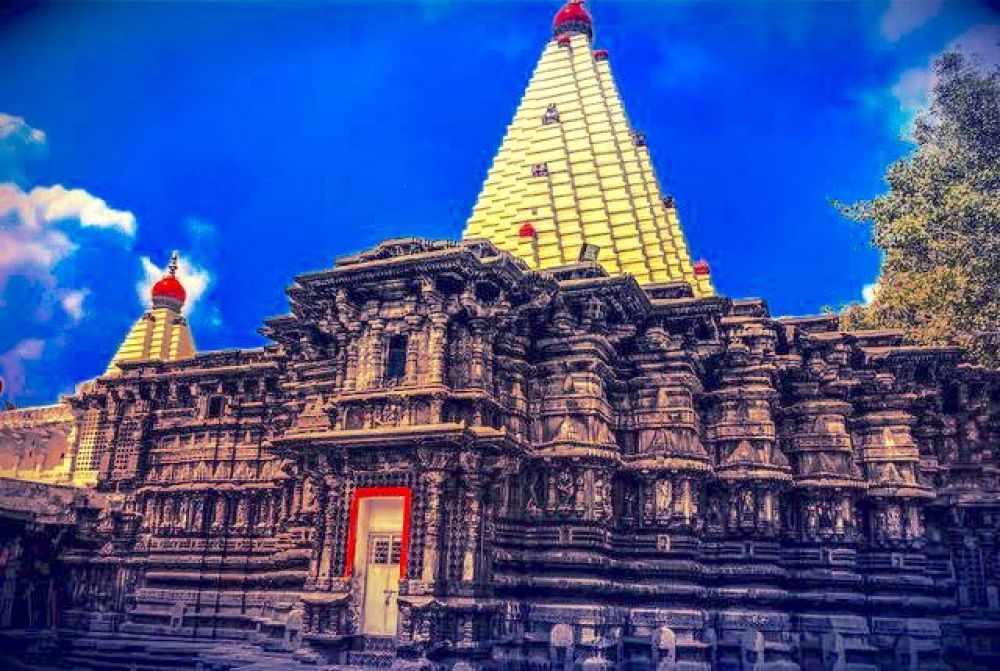

The Mahalakshmi Temple in Kolhapur is one of the most revered Shakti Peethas in India, deeply rooted in Hindu mythology. Its history dates back to the Chalukya period, as it is widely believed that the original temple was constructed during the 7th century AD. The sanctity of the temple is associated with the legend of Goddess Mahalakshmi (Ambabai), who is believed to reside here. According to mythology, it is the place where Shakti resides and where the divine couple, Lakshmi and Vishnu, dwell. The presence of the divine couple makes this temple unique.
The temple showcases the exquisite style of Chalukya architecture, featuring a grand "maha-mandapa," adorned with intricate carvings and sculptures. The carving work is especially notable for depicting various Hindu gods and goddesses, as well as scenes from the Puranas and epics. Over time, various rulers and patrons have renovated the temple which has contributed to its enduring magnificence.
Tourism to the Mahalakshmi Temple has grown organically due to its religious significance. For centuries, it has attracted pilgrims from across the Indian subcontinent. However, in the late 20th and early 21st centuries, with advancements in transportation and infrastructure, Kolhapur and the temple have become more accessible, leading to a significant increase in tourists. Moreover, the city's recognition as a place of historical and cultural importance has catapulted it into the itineraries of international travelers seeking spiritual experiences.
Major boost in tourism occurs during festivals such as Navaratri, Rathotsav (chariot festival), and Kiranotsav (when the sun rays directly fall on the deity) where the temple witnesses an overwhelming influx of devotees. Navaratri, in particular, draws thousands of visitors as the temple is splendidly decorated, and various religious rituals and cultural programs are organized.
In recent years, the Maharashtra government and the Ministry of Tourism have recognized the potential of this religious site and have invested in enhancing the visitor experience through infrastructure development. Initiatives include improving connectivity to the temple, providing better accommodation and facilities, and promoting the site at national and international travel fairs.
In line with the increasing digital visibility, the temple trust has created a robust online presence, providing virtual tours and live darshan for devotees unable to visit in person. Furthermore, current trends suggest a surge in spiritual tourism, where travelers not only visit for religious purposes but also to experience the temple's tranquility and rich history. Additionally, sustainable and responsible tourism practices are being integrated into the temple's management to ensure preservation for future generations.
For tourists planning a visit, the temple is open year-round with specific timings for darshan. It is advisable to check the temple's official website or contact local authorities for the latest information on visiting hours and special pooja schedules. Accommodation in Kolhapur ranges from budget lodges to luxury hotels, catering to the needs of various travelers.
The Mahalakshmi Temple in Kolhapur is not only a spiritual beacon but also a testament to the rich cultural heritage of Maharashtra. Whether for the faithful or the inquisitive traveler, the temple offers a profound and enriching experience that continues to draw visitors from all walks of life.